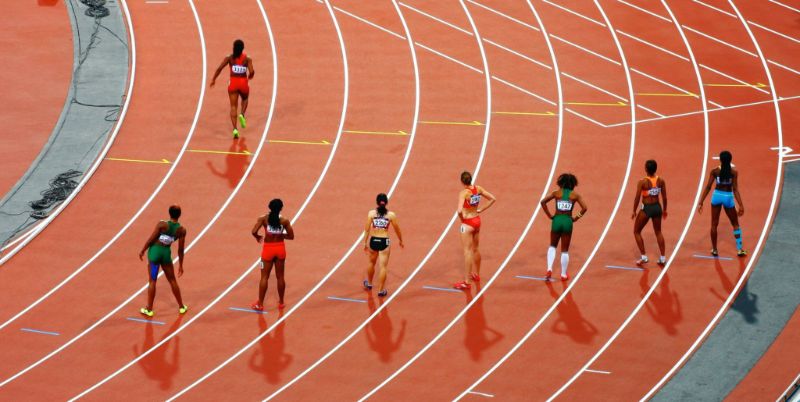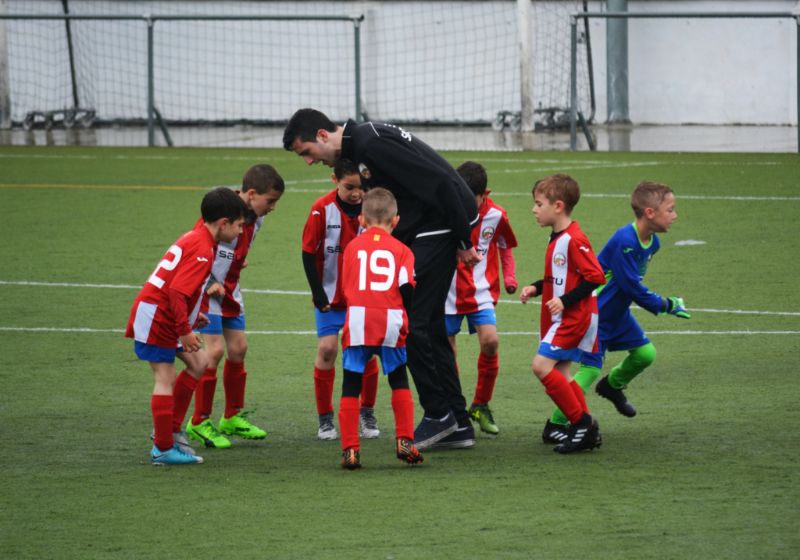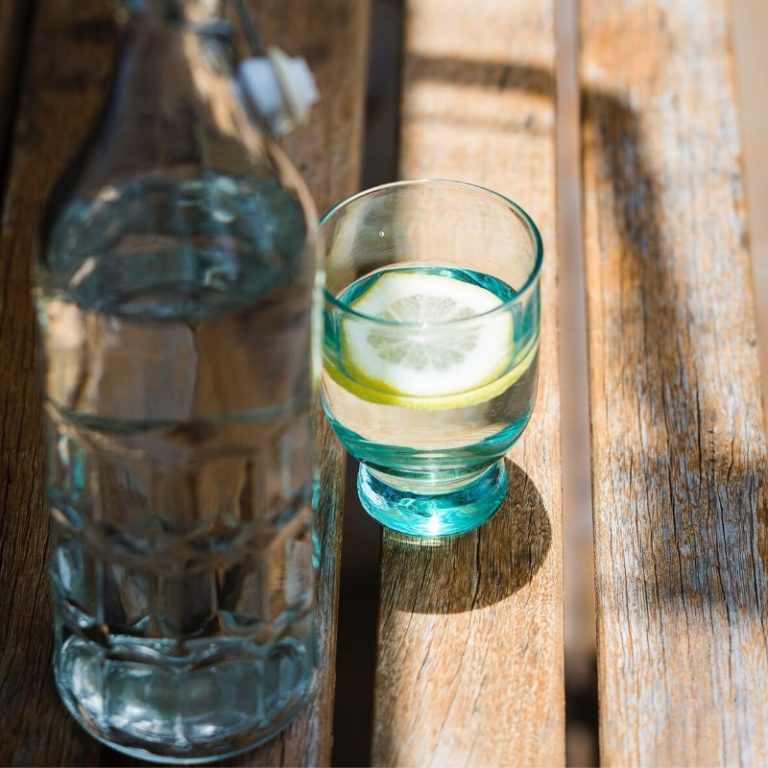“I know I definitely don’t drink enough water” is often a phrase I hear during my first visit with a client. I find this interesting because most people don’t actually know how much water they are supposed to be drinking (or they are just going with the age-old “8 cups per day” rule). In fact, many people are drinking enough (shocker, I know!)
But this doesn’t mean that we don’t need to pay attention to it. With summer approaching and warmer temps on their way, many of the athletes I work with have questions about hydration.
Being well hydrated is important, as 50-60% of our body is made up of water and it plays an integral role in many bodily functions including: digestion and absorption of nutrients, metabolic reactions, joint lubrication, and body temperature regulation among others. For the most part, our body does a decent job of staying in fluid balance. However, changes during exercise make it more difficult to maintain that balance in certain situations.
As an athlete, fluids are doubly important as dehydration may impact performance. But how much water/fluid is enough? This is tricky to figure out and to determine at what point dehydration may start to impair performance.
Daily fluid intake
Let’s start here – the Dietary Reference Intakes (DRI’s) recommend that women consume 9 cups of water per day, and males consume 12 cups of fluids per day. While these numbers may sound high, it’s actually quite attainable when we factor in all the fluids consumed during the day.
Ideally we want the majority of our fluid intake coming from water, but everything (except alcoholic bevy’s – sorry!) – including milk/milk alternatives, juice, and even coffee & tea – count towards our total fluid intake.
Tips to achieve optimal hydration:
- Start the day with a large glass of water before any other food or fluid
- Aim to drink about 2 cups of fluids (ideally water) with each meal
- Aim to drink about 1-2 cups of milk or milk alternatives per day
- Any additional fluids (eg coffee, tea etc) are bonus fluids
- As much as possible, achieve your fluid intake through water and try to make sugar-sweetened beverages or artificially sweetened beverages an occasional choice vs a daily habit.
Dehydration and athletic performance


The first studies on hydration and its effect on performance came out many, many years ago (as early as the 1930’s!), and the research since then has led to our understanding that generally, a dehydration rate of more than 2% may negatively impact performance. By dehydration rate, I mean the amount of body mass lost during exercise (assumed to be water).
There are several potential flaws in these studies though. One of the main concerns being that the participants in the studies were never blinded. Meaning that the participants always knew whether they were hydrated or dehydrated – and this in itself could affect the results due to the nocebo effect (ie. a detrimental effect on performance due to the participant’s negative expectations of exercising in a dehydrated state).
With that mind, I found this study by Lewis et al in 2017 kind of cool – as they used gastric tubes (a tube inserted through the mouth directly into the stomach) to hydrate or dehydrate participants prior to cycling trials, and therefore the participants were unaware of their hydration status. The sample size was small (as in many sport nutrition studies). However, surprisingly (or maybe not), the results were congruent with previous studies and did show a negative impact on performance when athletes were at or below ~2.4% dehydration rate.
Several studies have also explored whether having a hydration plan (ie having a plan to drink enough throughout exercise to prevent reaching 2% dehydration) versus drinking ad libitum (ie drinking when you feel thirsty) is a better approach. The results are mixed as to which approach is better- typically athletes will consume about half the fluids lost when drinking only when thirsty. But the question is: does this ultimately affect performance?
It comes down to several factors: length of exercise, type of exercise, temperature and weather conditions, performance concerns, and whether carbohydrate is being ingested. Like most other things in the world of nutrition, a custom plan that meets your individualized goals and situation, is the best idea (and that’s where we can help!). To get you started, here are some general guidelines.
Planned hydration works best for:
- Exercise lasting longer than 90 minutes (especially in the heat)
- Higher intensity exercise with high sweat rates
- When performance is a goal (that means there is no need for planned hydration if you’re doing an easy run or a gym sesh)
- When you are taking in carbohydrate during exercise in amounts of about 60 grams per hour
Drinking based on thirst will work just fine if:
- You are exercising <60-90 minutes
- Exercising in cooler conditions
- Exercising at a lower intensity
It also stands to mention that you should never gain weight (water) during exercise. This can lead to a dangerous condition called hyponatremia (where blood sodium levels are diluted) and can cause serious consequences (and has been the cause of death in some cases).
What about active kids?

Several studies have demonstrated that many active kids go into practices or games already in a hypo-hydrated state, which then continues to worsen over the course of the practice or game. Many kids fall victim to voluntary dehydration while playing sports – meaning that they will feel thirst (indicator that they are dehydrated), and they will drink enough (a few sips) to not feel thirsty anymore, but it’s not enough fluid intake to actually rehydrate. Once again, the best approach is ensuring that kids are adequately hydrated before going out on the field, by getting between 7-10 cups of fluids per day for girls and between 10-13 cups per day for boys.
Water vs. sport drink?
Sports drinks can play an important role in providing carbohydrate and electrolytes during exercise. However, this is really only for activity lasting longer than 60-90 minutes continuously. In general, I recommend that kids under 13 years of age stick to water for hydration (while playing sports and otherwise), as they generally do not need to be concerned about carbohydrate and electrolyte replacement at that age, and the sugar intake may impact hunger for other more nutrient dense foods, and may also cause dental caries.
For adolescent and adult athletes, sports drinks may be beneficial in more elite athletes who are training intensively, but it’s always best to consult a Sport RD to ensure that you have a solid nutrition plan in place (for day to day training and for during exercise).
The nuts and bolts:
- The most important thing to focus on is to go into an exercise session or competition/race well-hydrated.
- Based on the type, intensity, and exercise goals you have, decide whether planned hydration or drinking to thirst is going to help you best achieve your goals.
- Hydration planning is highly individualized and consulting with a Dietitian that specializes in sport is recommended!
Take it one bite at a time,
Cara
References:
Arnaoutis, G.A., Kavouras, S. A., Angelopoulou, A., Skoulariki, C., Bismpikou, S., Mourtakos, S., Sidossis, L. S. Fluid balance during training in elite young athletes of different sports. Journal of Strength and Conditioning Research, 29 (12), 3447-3452.
James, L.J., Moss, J., Henry, J., Papdopoulou, C., Mears. S. A. (2017). Hypohydration impairs endurance performance: a blinded study. Physiology Reports. 5(12), https://doi.10.14814/phy2.13315
Kenefick, R.W. (2018). SSE #182 Fluid intake strategies for optimal hydration and performance: Planned drinking vs drinking to thirst. Gatorade Sports Science Institute. Retrieved from www.gssiweb.org






